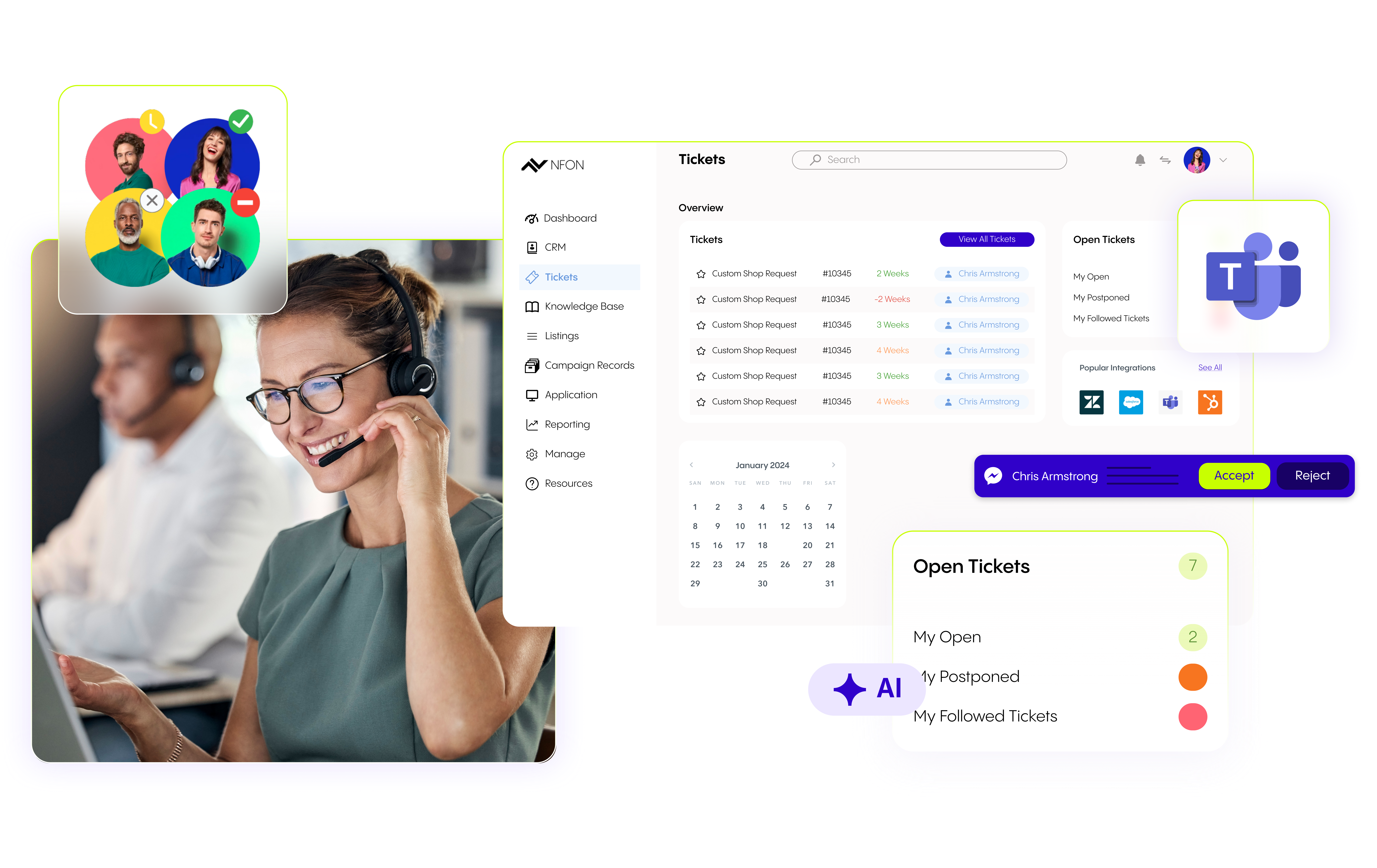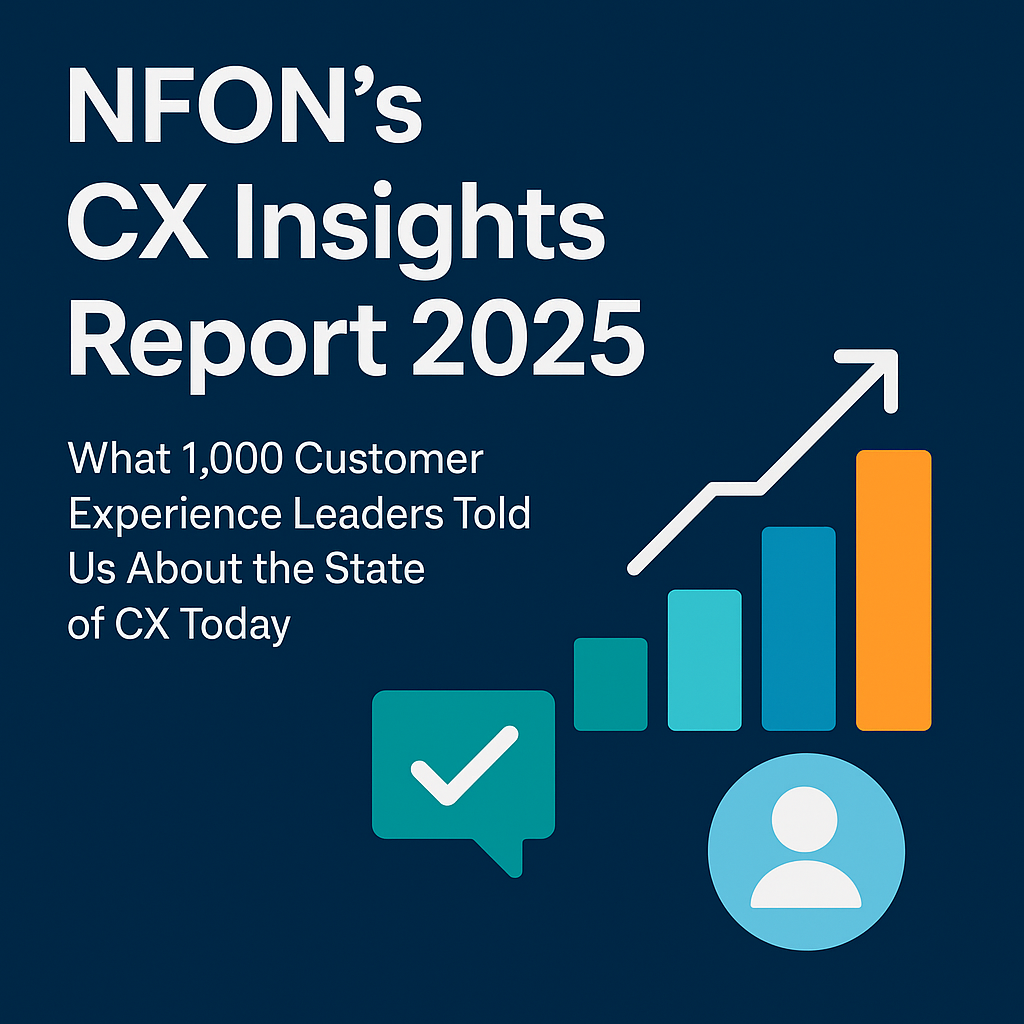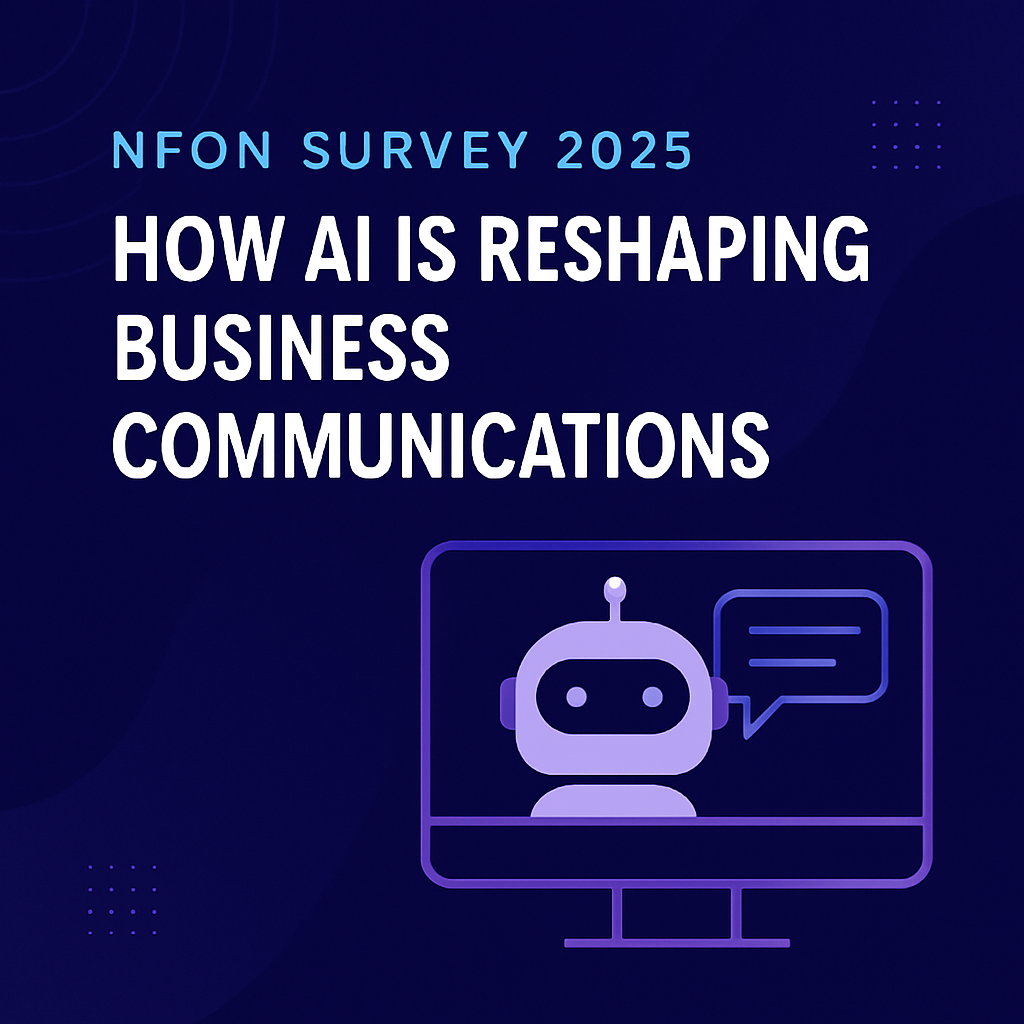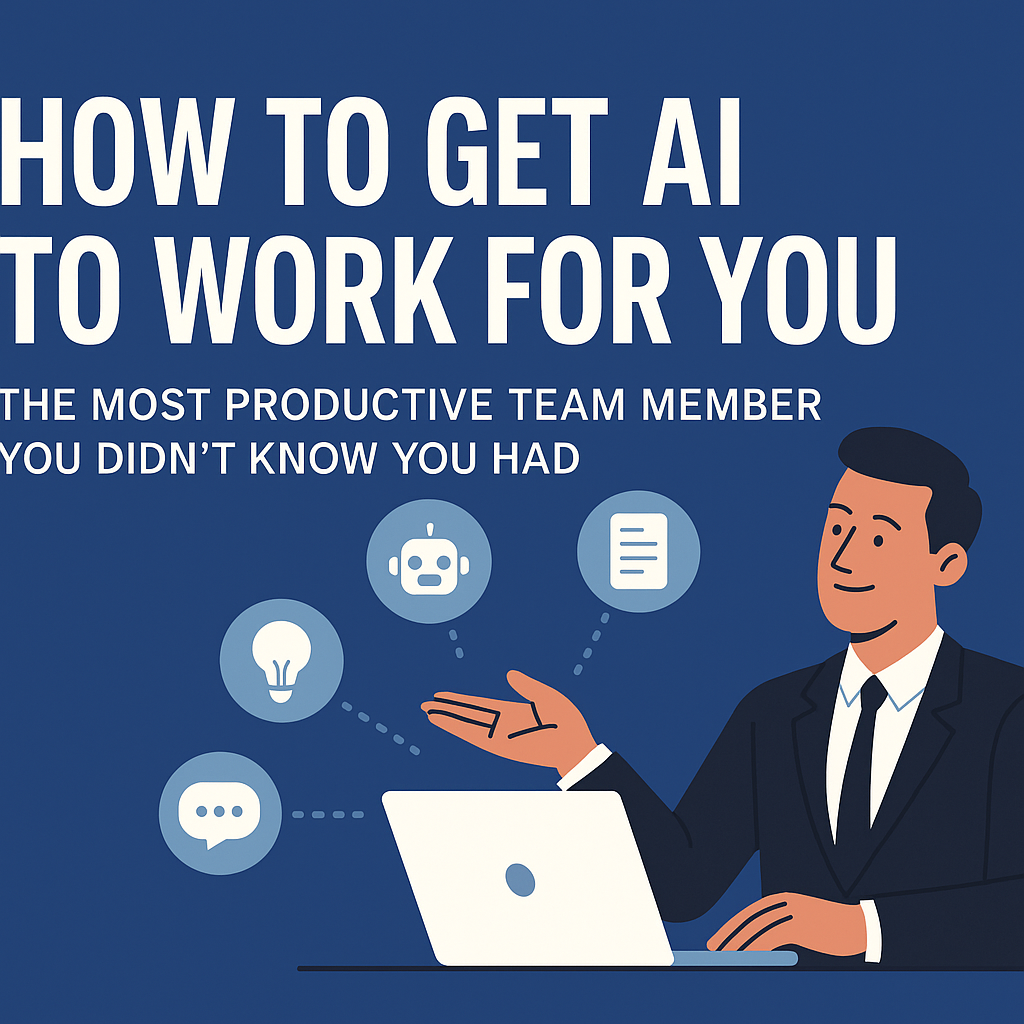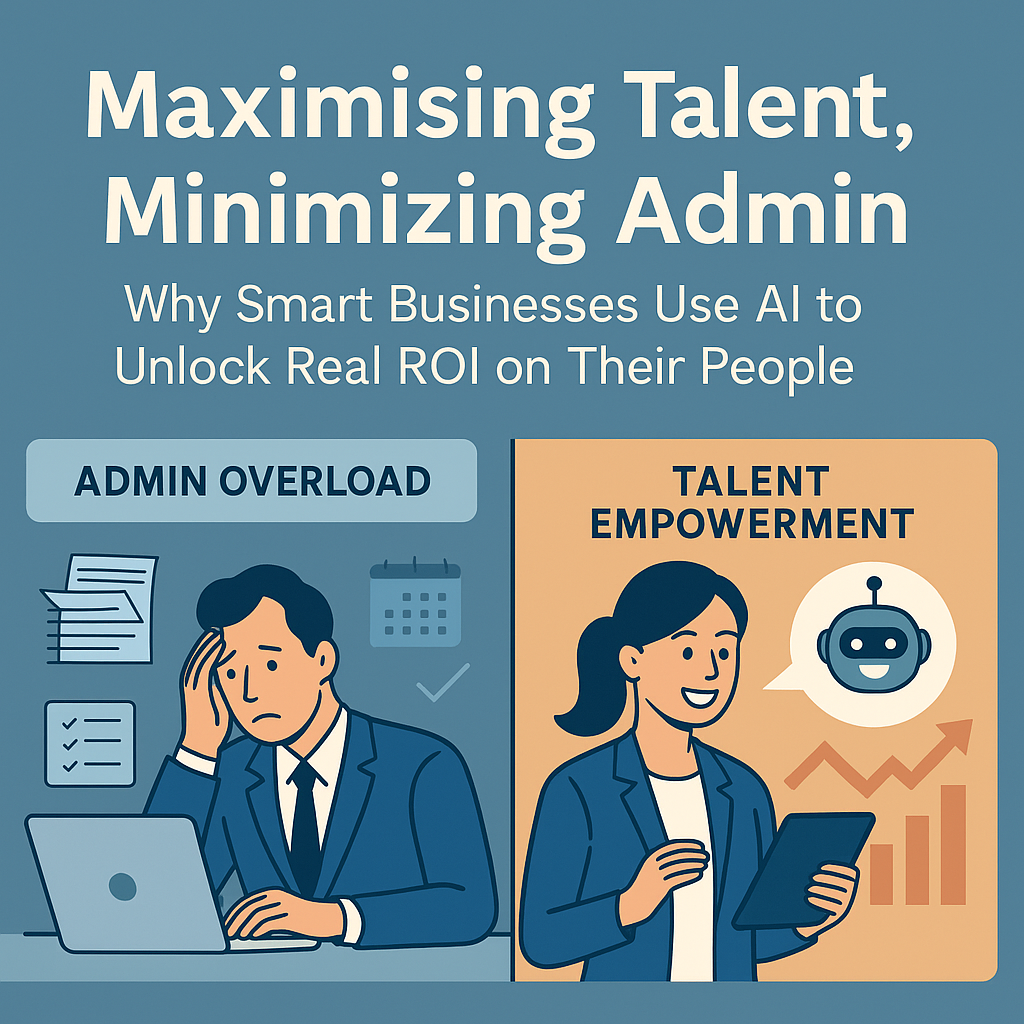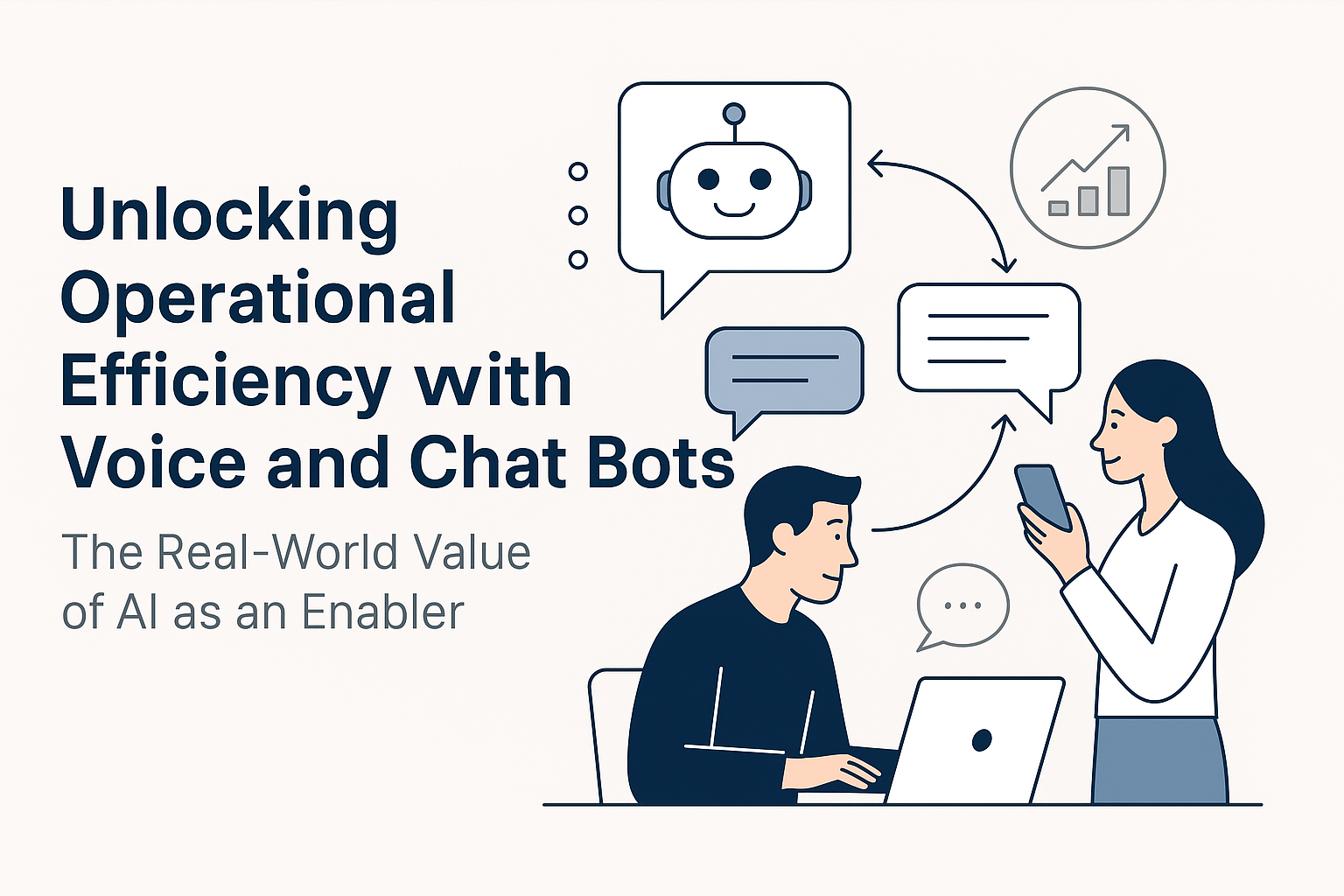1. How Does Your Platform Support Omnichannel Engagement?
Why It Matters
Customers expect seamless interactions across voice, email, chat, messaging apps, and social media. A solution that isolates these channels creates friction, slows down resolution times, and damages customer experience.
What to Look For
- Unified Agent Desktop: Can agents view and respond to all interactions in one interface?
- Consistent Context: Does the system retain customer history across channels so the customer doesn’t have to repeat themselves?
- Flexible Integrations: Does the provider integrate with your existing CRM, ticketing, and workforce management systems?
2. What AI Capabilities Are Built In (and How Are They Applied)?
Why It Matters
AI is no longer a “nice-to-have”—it is reshaping how contact centres deliver value, automate tasks, and scale customer experience.
What to Look For
- Conversational AI: Intelligent virtual agents that handle routine queries, freeing agents for complex issues.
- Real-Time Agent Assist: AI that suggests responses, next best actions, or compliance reminders during live interactions.
- Analytics & Insights: Tools that transcribe, categorise, and surface trends across interactions.
- Customisation & Control: The ability to tune AI models to reflect your industry, compliance rules, and tone of voice.
Key Consideration: Ask how their AI roadmap aligns with emerging innovations (e.g., generative AI for knowledge management) and how often the models are updated.
3. How Do You Handle Security, Compliance, and Data Sovereignty?
Why It Matters
Contact centres process highly sensitive customer data. Your provider must demonstrate strong governance, particularly if you operate in regulated industries.
What to Look For
- Certifications: ISO, SOC, PCI-DSS, GDPR compliance, and others relevant to your industry.
- Data Residency: Can customer data be stored and processed in specific regions to meet local laws?
- Privacy Safeguards: Clear retention and anonymisation policies.
4. What Does Scalability and Future-Proofing Look Like?
Why It Matters
Customer demands and business priorities evolve quickly. A rigid solution could leave you locked into outdated technology or high upgrade costs.
What to Look For
- Cloud-Native Architecture: Scaling to handle seasonal spikes or rapid business growth.
- API Ecosystem: Rich APIs or prebuilt connectors to extend functionality and integrate with future tools.
- Modular Capabilities: Ability to adopt features only for those teams that need them.
- Innovation Track Record: Frequency of feature updates, investment in R&D, and openness to emerging technologies.
5. How Do You Support Migration, Training, and Ongoing Success?
Why It Matters
A powerful platform is useless if poorly deployed. The provider’s ability to support change management, adoption, and continuous optimisation is as critical as the technology itself.
What to Look For
- Migration Approach: How they minimise disruption when moving from your legacy platform.
- Training Resources: Technical training and user onboarding for your teams.
- Customer Success Model: Ongoing account management, regular optimisation reviews, and SLA-backed support.
- Community & Ecosystem: Access to user communities, developer forums, and third-party expertise.
Final Thoughts
An ideal contact centre solution provider will demonstrate not only robust functionality and compliance, but also a forward-looking approach to AI that empowers your team, enhances customer satisfaction, and supports long-term agility.
